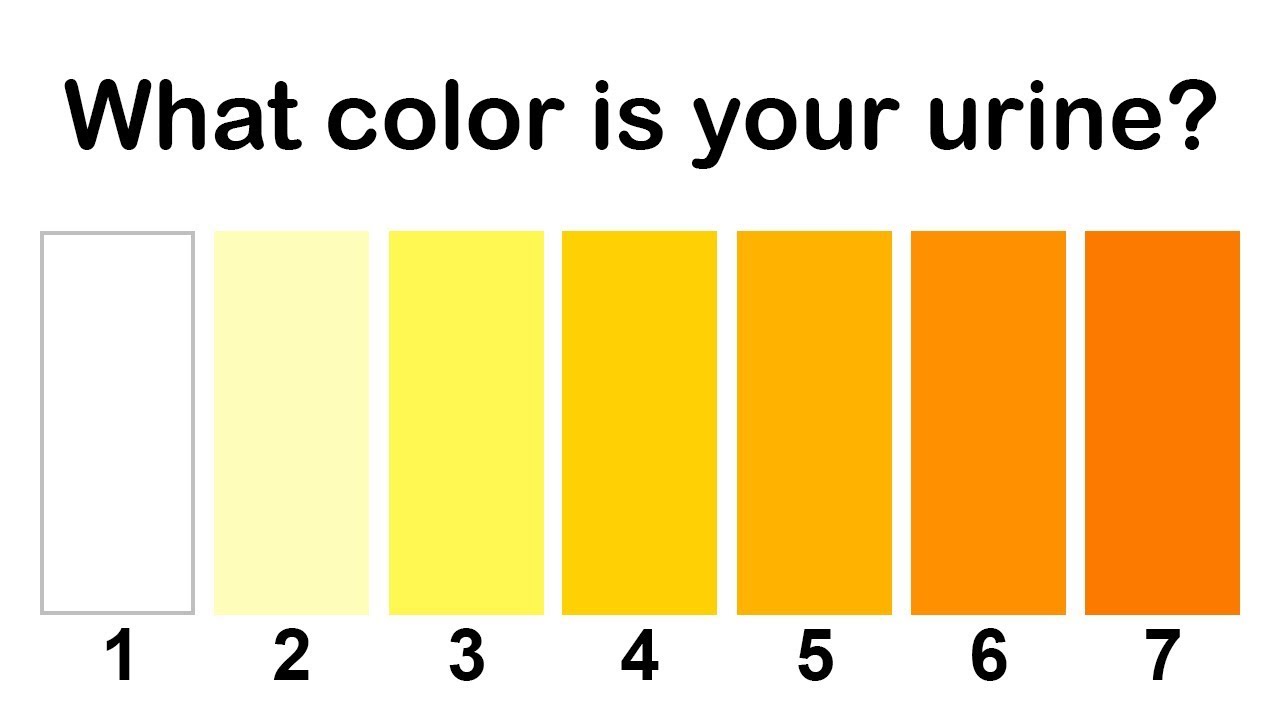We all see it daily but rarely stop to ask: why is urine yellow in color?
This everyday observation actually opens the door to understanding how our body works, how well we are hydrated, and even when to seek medical help.
In this guide, we will explore the science behind urine color, what the different shades mean, and why monitoring it still matters in 2025.
What Causes the Yellow Color?
The yellow color in urine comes from a natural pigment called urobilin. This pigment is a by-product of how the body breaks down old red blood cells.
Here’s the process in simple steps:
- Red blood cells live for about 120 days before breaking down.
- When they break down, hemoglobin (the red protein) is released.
- Hemoglobin changes into a substance called bilirubin.
- Bilirubin travels through the liver and intestines.
- Intestinal bacteria help convert it into urobilinogen.
- Some of this travels to the kidneys and becomes urobilin, which is yellow in color.
- Urobilin mixes with water and waste products in the kidneys → this becomes urine.
So, the yellow shade is nothing unusual — it’s a sign of your body recycling old blood cells.
Why the Shade Changes
The exact color of urine can change depending on hydration, diet, and health conditions.
- Light or pale yellow → Normal and healthy, usually means you are well-hydrated.
- Bright yellow → Often caused by vitamin supplements, especially B-complex or multivitamins.
- Dark yellow or amber → Usually a sign of dehydration. Time to drink more water.
Other daily factors can also influence urine color:
- Eating beetroot can make urine appear pinkish.
- Medicines or antibiotics may give it orange, green, or even blue tones.
- Excessive exercise without enough fluids may concentrate urine, making it look darker.
When Should You Worry?
Most of the time, urine color is harmless and reflects hydration. But some shades should not be ignored:
- Red or pink → May indicate blood in the urine, which could be due to infection, kidney stones, or other issues.
- Brown or cola-colored → Could signal a liver or gallbladder problem.
- Cloudy or milky → Might mean urinary tract infection (UTI) or kidney problem.
If unusual colors persist for more than a day or two, or if there is pain or discomfort while urinating, consulting a doctor is strongly advised.
Why Is This Still Important in 2025?
You may wonder, why discuss urine color today? The answer is simple: it’s still one of the cheapest and easiest ways to monitor health.
- Hydration check: With busy lifestyles, many people drink less water than needed. Pale yellow urine is a natural signal that you are well-hydrated.
- Diet awareness: The rise in supplement use and processed food makes it important to know how these affect your body. Bright yellow urine after vitamins is harmless but a reminder that the body only absorbs what it needs.
- Health alert: In India and worldwide, lifestyle diseases are increasing. Early detection often comes from simple observations. A change in urine color could be the first sign of a bigger issue.
Cultural Beliefs in India
In Indian households, observing urine color has always been a part of traditional health practices. Ayurveda, for example, often connected urine appearance with dosha balance and overall well-being. Even today, many people check urine color first thing in the morning as a natural health marker.
While modern medicine explains this with science, the cultural habit shows that our ancestors were already using simple body signals to stay alert.
How to Keep Urine Color Normal
Maintaining a healthy pale-yellow color is straightforward:
- Drink enough water: About 8–10 glasses a day, more in hot Indian climates.
- Balance your diet: Include fruits and vegetables with high water content.
- Watch your supplements: Don’t worry about bright yellow urine after vitamins, but don’t overuse them.
- Check your health: If unusual colors appear often, get medical advice instead of guessing.
Final Thoughts
Urine is yellow because of urobilin, a pigment formed when the body breaks down old red blood cells. Its color is a simple but effective health indicator.
Pale yellow usually means good hydration and healthy kidney function. Unusual colors, especially red, brown, or cloudy, can point to health issues that should not be ignored.
Even in 2025, keeping an eye on such a basic body signal is one of the easiest ways to stay aware of your health.
Disclaimer: This article is for general information only and should not replace medical advice. For any health concerns, please consult a doctor.
FAQs
Q: Is clear urine better than yellow?
A: Not always. Completely clear urine may mean you are overhydrating. Pale yellow is considered healthiest.
Q: Why is morning urine darker?
A: At night, the body conserves water, so urine becomes more concentrated and darker. This is normal.
Q: Can dehydration alone change urine color?
A: Yes. Even mild dehydration can turn urine from pale yellow to dark yellow or amber.
Q: Does age affect urine color?
A: Older adults may have more concentrated urine if they drink less water, but the cause is the same: hydration level.
